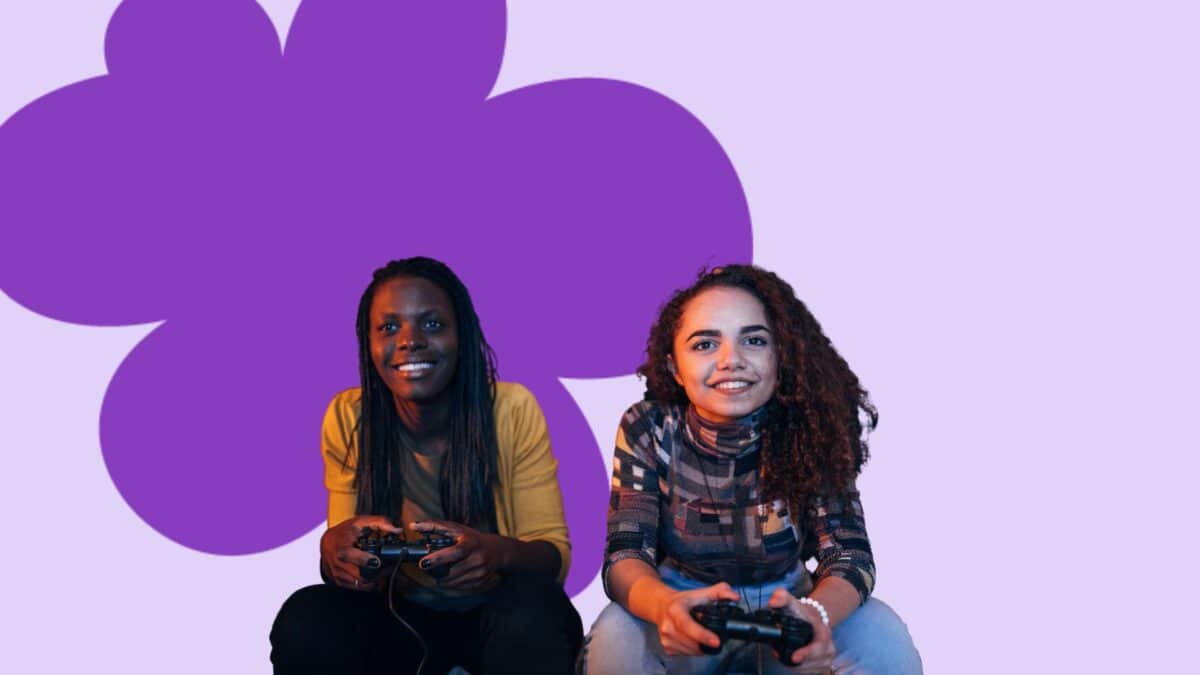If you’ve ever seen RuPaul’s Drag Race, you’ve probably heard him use the term “inner saboteur,” aka self-sabotage. When Ru observed the queens getting in their own way during rehearsal, he would tell them that they were sabotaging their greatness.
We have so many goals and dreams that we want to achieve, but self-doubt sometimes muddles our thoughts and we end up giving up before even taking the first step. According to Clinical Social Worker Natalie Asayag, “just about all of us fall victim to self-sabotage at one point or another whether it’s in a relationship, at work or school, or in recovery.”
So let’s DiveThru what exactly self-sabotage is and how to overcome it!
What Is Self-Sabotaging?
To sabotage something is to deliberately take action that stops it from succeeding. In turn, self-sabotage is when you (intentionally or not) do something that prevents you from achieving the goals that you actually WANT to achieve.
Signs of Self-Sabotage
You might be involved in self-defeating your ambitions and/or relationships without ever recognizing it.
It can often take the form of that little voice in your head, telling you that you don’t deserve success or aren’t worthy of what you get. That can lead you to stop trying to improve, because you feel like you’re not good enough. For example, you might not bother applying for your dream job because you’re “not going to get it anyway so why bother?” That lack of effort can manifest itself in a number of ways, like procrastination, imposter syndrome, and a lack of organization.
Self-sabotage can also affect your relationships with your partner or friends—if you genuinely believe your partner is going to leave you anyway or your friends would rather not hang out with you, then any effort feels unnecessary. We’re here to tell you that’s NOT the case!!
Self-sabotage can also take the form of a pessimistic outlook on life—because you expect bad things for yourself, you’re always looking out for the next bad thing that will happen to you… and forgetting to notice and appreciate all the good things that happen.
It can be tough to break the cycle of self-destructive behaviour. You might start to feel guilty for feeling bad, because “others have it worse” so you feel like you’re being negative about nothing… aaaaaand now you feel worse. Great.
Why Do People Self-Sabotage?
We all want things in life, from small goals like getting a good grade on a paper to big life-changing goals, like moving to a new city or buying a house. But we can also be tempted to sabotage ourselves because our goals feel far-fetched or scary, so it’s easier to think we never had a chance than to try and possibly fail.
Things that can trigger self-sabotage:
- Childhood trauma
- Toxic relationship patterns
- Feeling overwhelmed
- A lack of boundaries
Ways to Stop Self-Sabotaging
Self-sabotaging behaviour can prevent us from living the life we desire, so let’s dig into strategies to stop self-sabotaging before we start.
1. Find an Accountability Partner
Think of this like a positive way to use peer pressure. Basically, it’s a friend who is allowed to call you out when you start to get off track. If you’re struggling to motivate yourself, then adding a lil’ external pressure can help get things moving.
For example, if you have a big project due in a couple weeks and you’re worried about procrastinating (aren’t we all?), your accountability partner can check in with you every so often to check in on your progress. Or maybe you want to take more evening walks, so you ask a friend to walk with you so that you’re accountable to them and not just yourself.
Definitely set boundaries with this person though, because you don’t want to cause your friendship to be affected by feeling like you’re constantly supervising each other.
2. Set Realistic Goals
Do you ever feel like you have too much to do—to the point it causes you to not be able to get anything done? Like, if you can’t do everything then why do anything? You can help yourself by being honest about setting more realistic goals for yourself, and planning ahead to prioritize goals and pace yourself.
Here are some ways to set and achieve realistic goals for yourself:
- Ask yourself what you want to do.
- Write down steps to accomplish that goal. These should be accomplishable actions that you can do.
- Be honest about how long each step will take.
- Work your way through the list and add up the times to give yourself a reasonable timetable for the goal.
- Write down checkpoints through the process, to give yourself mini deadlines. These checkpoints can help you be accountable, either to yourself or your accountability partner.
3. Journaling for Self-Awareness
If only we could recall everything. We have SO MANY feelings and thoughts, but they’re not always simple to address or even easy to remember. Journaling is a terrific approach to figure out what’s going on in your life and how you’re feeling about certain events or thoughts.
Journaling with self-awareness in mind can help you identify particular things that irritate or agitate you. It can also help you get a new perspective on how you think and act in different settings, that you might not have been aware of. Journaling is an excellent way to divert your attention to what you can concentrate on.
When you have an idea of what to write, whether you feel strongly about particular emotions or how you respond to significant events in your life, it can also help you identify your habits, especially when it comes to self-sabotage. It may provide you with a window where you can go back and see what instances you have self-sabotaged, and it may give you insight on how to be more self-aware when sabotage wants to take over.
4. Stop Comparing Yourself to Others
Comparison is the thief of joy. We are bombarded with comparison virtually every day, whether on Instagram, TikTok, or LinkedIn. It’s always in our faces, and comparison may sap your joy when you’re always seeing what others are doing instead of focusing on what you want for yourself. If you only see people posting vacation pics or sharing their promotion at work, it can be easy to compare yourself and feel like you’re not doing enough.
Take social media with a grain of salt. If you judge others by their highlight reel and judge yourself by every single moment, it can make you more prone to self-sabotage by giving you the idea that you’re not as good or deserving as others, so you shouldn’t even try. That’s definitely not the case!
5. Talk to a Therapist
Self-sabotage behaviours can be highly harmful because they prevent you from doing things that you are capable of doing. It builds a cloud of self-doubt, and working with a mental health professional is a good way to shoo that cloud away. They can also provide you with techniques for coping and dealing with self-sabotaging tendencies.Self-sabotage is a tricky little monster that can prevent you from doing what you know you can do. But that doesn’t mean you’re a failure! Keep these strategies in mind to help yourself remember that you’re capable of achieving your goals, even if you sometimes forget that. You deserve to be happy, so don’t let that rude little voice in the back of your head get in the way!











